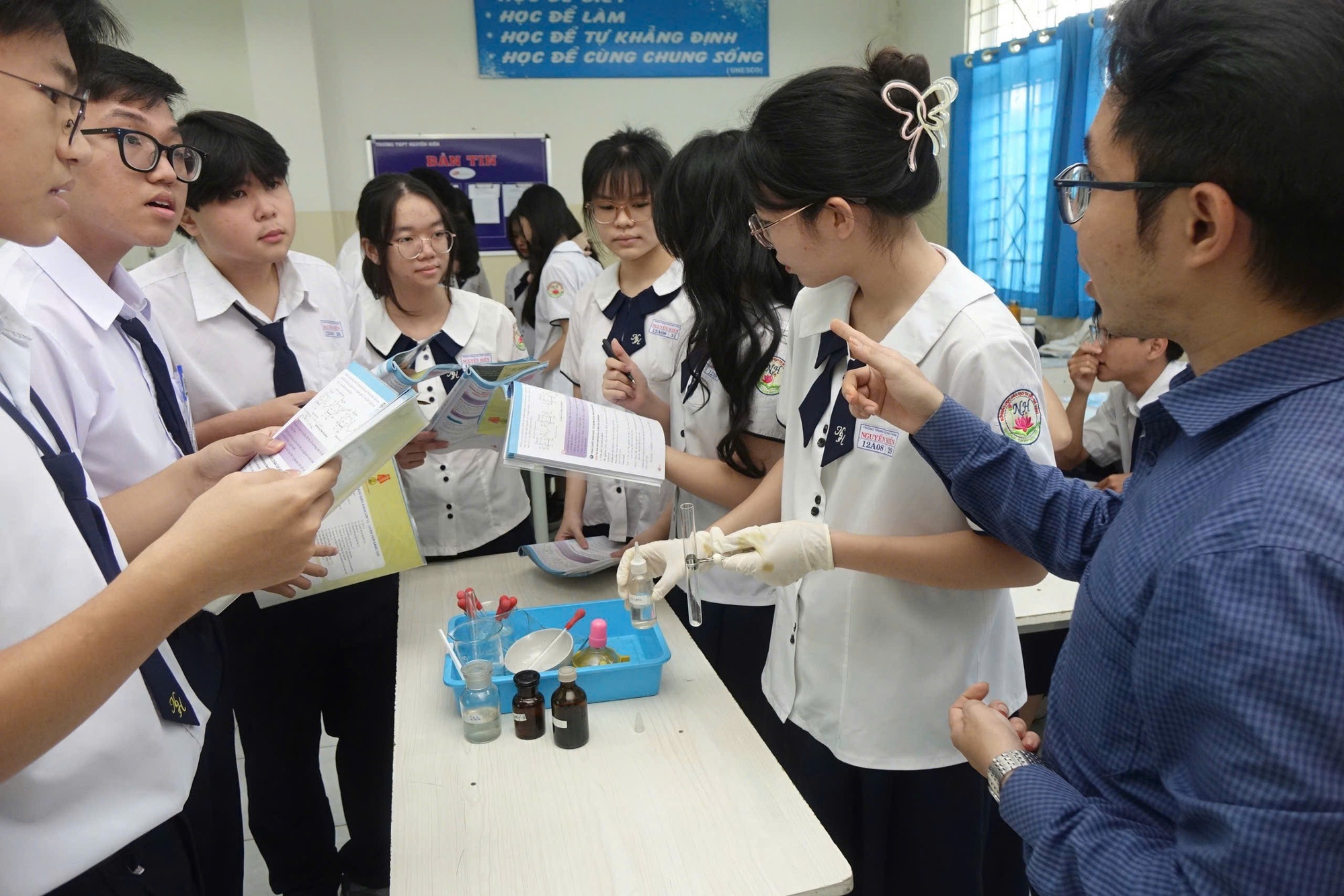
Grade 12 students and teachers begin preparing for the 2025 high school graduation exam
How is the high school graduation exam math different from before?
Former head of the math group at Marie Curie High School (District 3, Ho Chi Minh City) Tran Van Toan said that the previous high school graduation exam mainly focused on assessing theoretical knowledge and basic calculation skills. The differentiation of candidates was not clear because most of the questions revolved around familiar concepts and did not require deep logical thinking, but had many types of academic math and sometimes required the use of tricks in solving math problems.
The structure of the 2025 high school graduation exam closely follows the 2018 General Education Program and textbooks. The reference exam is given with many different types of questions to help clearly differentiate between groups of candidates: those with basic skills, those with analytical ability, and those with practical application skills. Part 2 (True or False Multiple Choice) and Part 3 (Short Answer Multiple Choice) play a key role in classifying candidates with the ability to think logically and apply knowledge in practice, measuring the ability to understand knowledge in depth and the ability to analyze in detail of candidates, avoiding the situation of guessing like the traditional multiple choice part. These changes help this year's exam become more comprehensive and meet the requirements of educational innovation.
Therefore, according to Mr. Toan, this exam requires students to switch from the method of memorization to the method of clearly understanding the nature of each concept and applying them in real-life situations. Accordingly, students need to practice critical thinking skills, logical thinking, explaining and presenting problems clearly. Moreover, it is necessary to flexibly apply interdisciplinary knowledge because the reference exam requires students to apply knowledge related to many different subjects such as mathematics, physics, geography or economics to find answers. Mr. Toan believes that students need to learn to understand deeply and grasp the nature of knowledge instead of just memorizing.
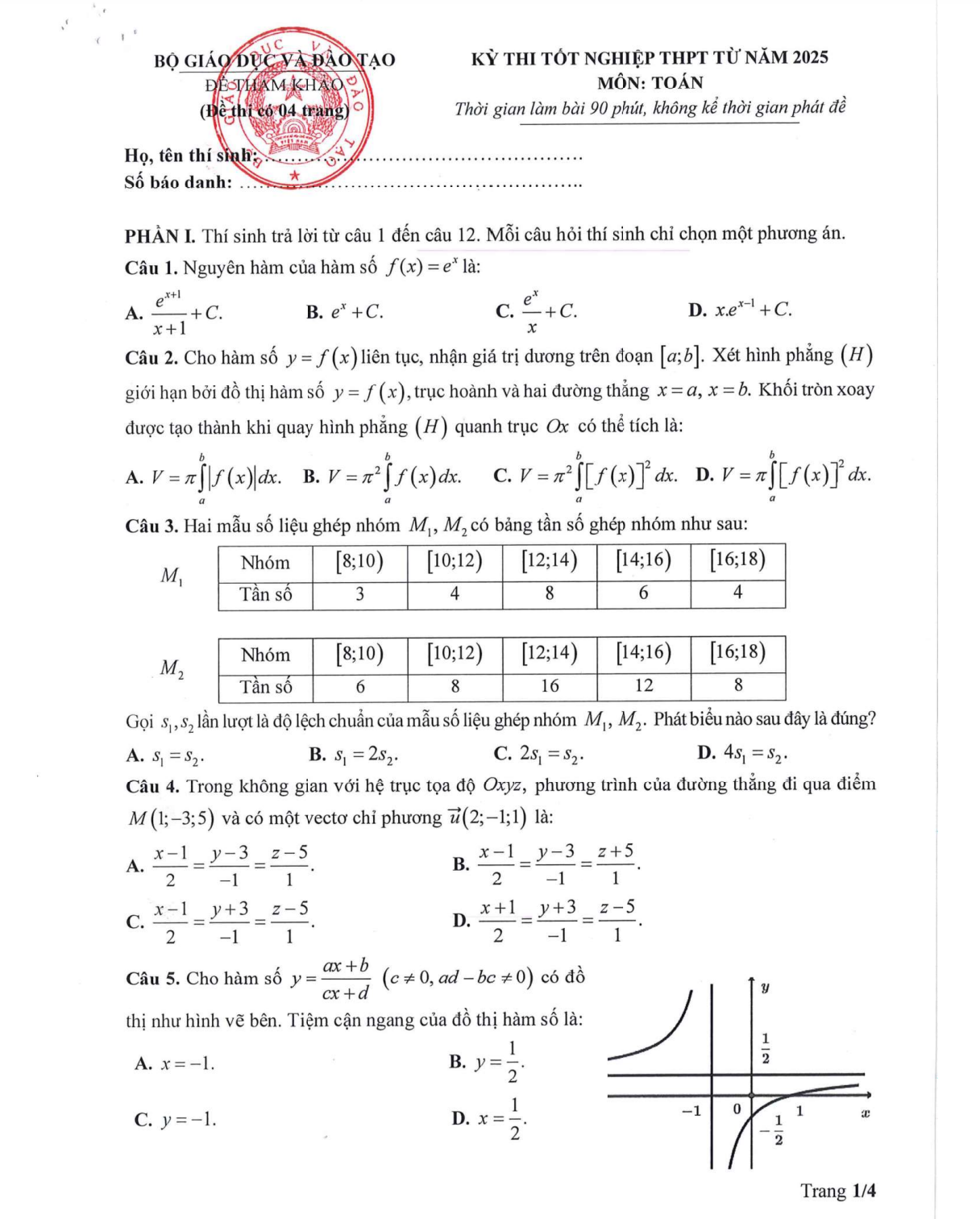
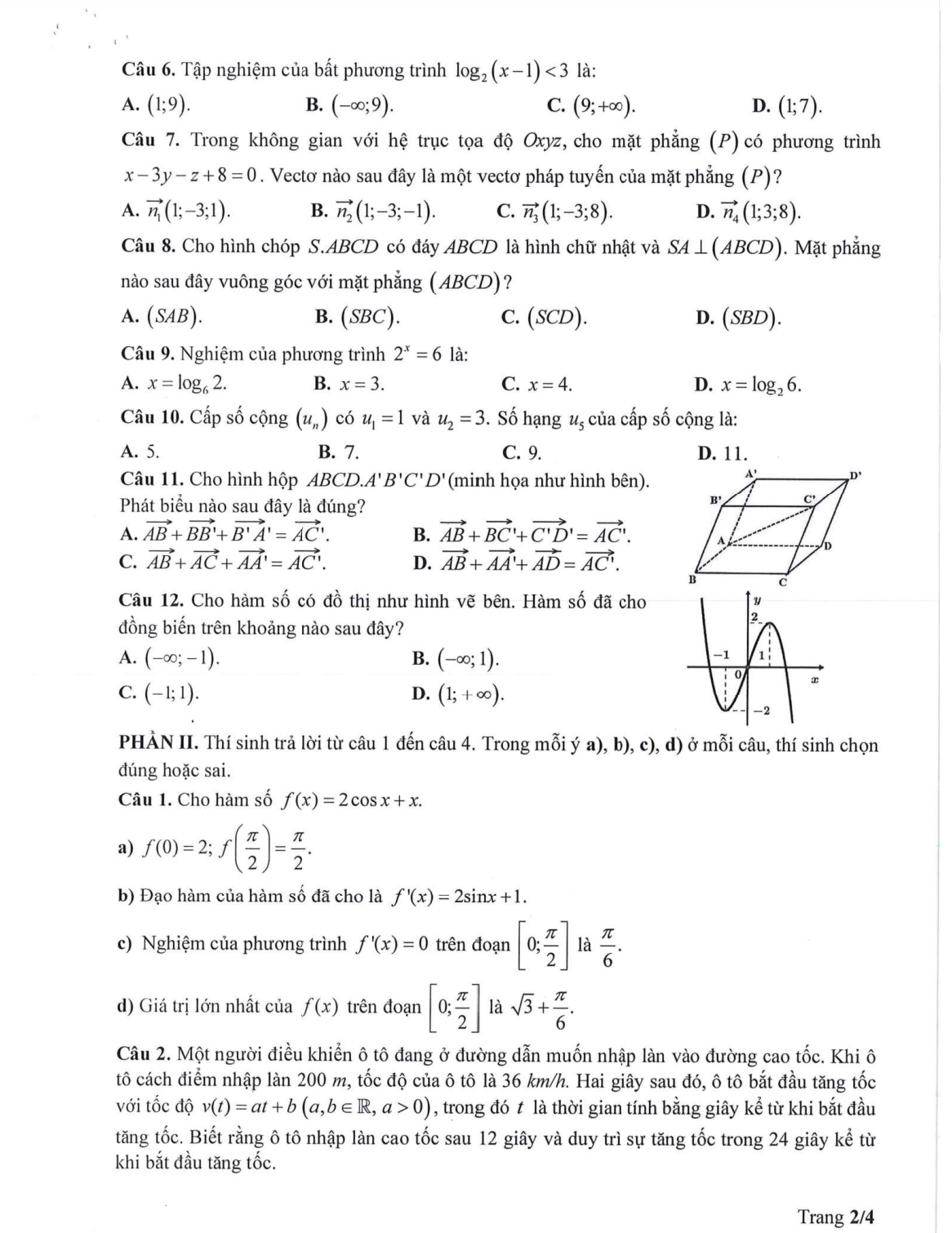
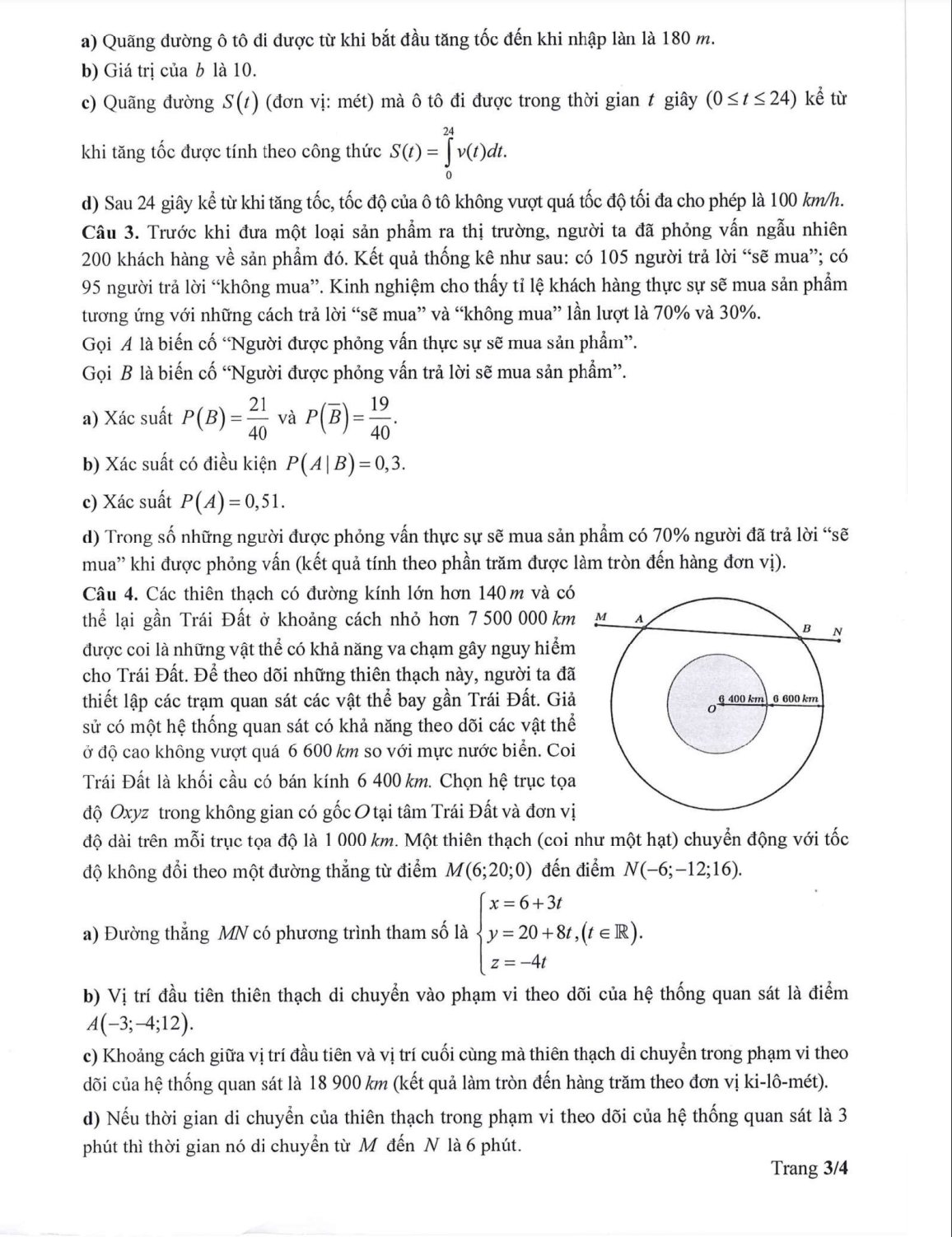
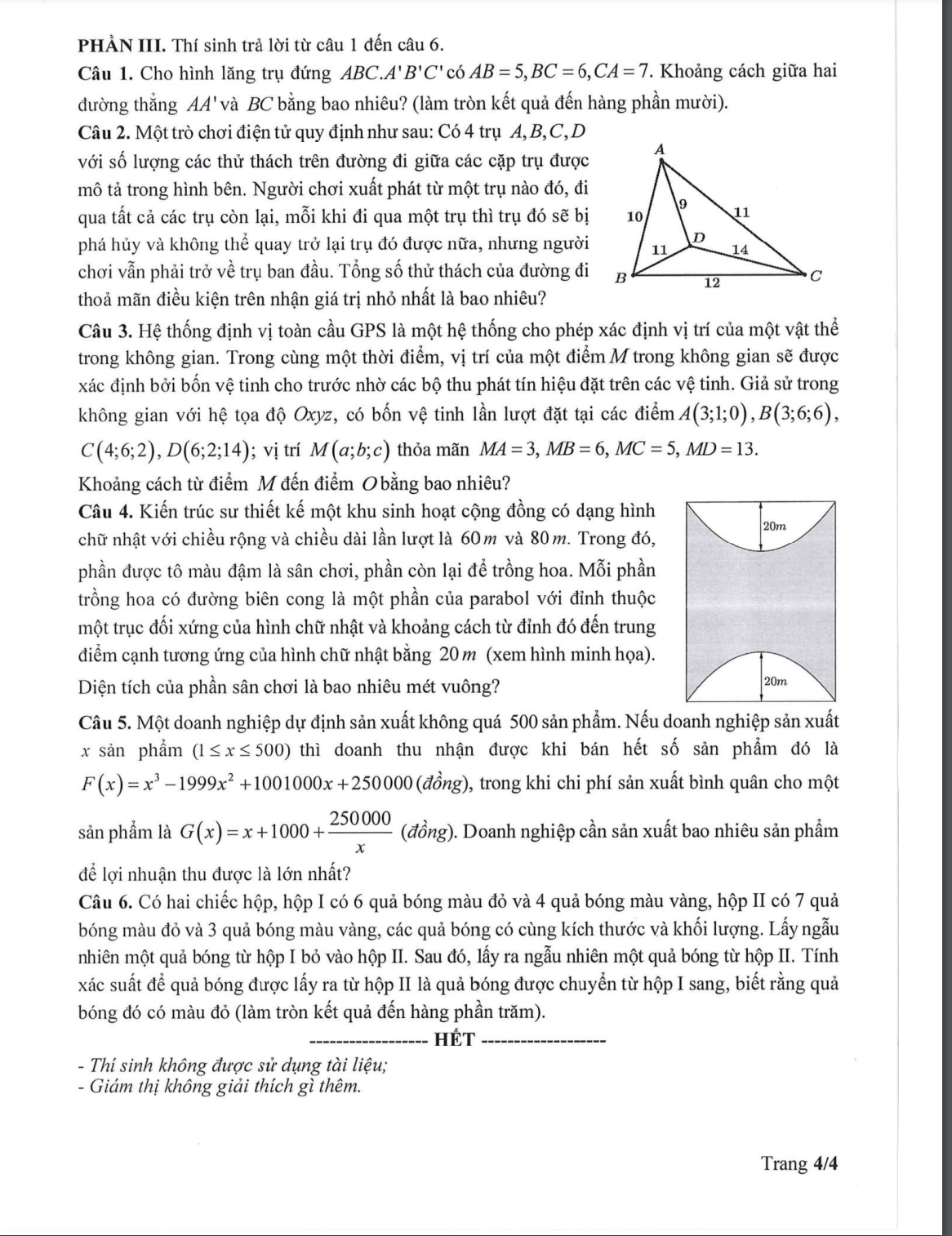
Reference questions for the 2025 high school graduation math exam announced by the Ministry of Education and Training last weekend
PHOTO: SOURCE MINISTRY OF EDUCATION AND TRAINING
Literature exam changes writing requirements
Teacher Ngo Van Dat, Tran Dai Nghia Secondary and High School (District 1, Ho Chi Minh City), commented that the reference exam for literature was easy, suitable, and in line with the testing and assessment orientation of the 2018 General Education Program.
The structure has 2 parts: Reading and writing. However, the requirements for the writing part have changed. Compared to previous years, students will write a social argumentative paragraph and a literary argumentative essay, this year's exam requires students to write a literary argumentative paragraph and a social argumentative essay. These are appropriate changes that have been oriented in the assessment and testing of the new program.
In terms of knowledge, the reference questions meet the knowledge content appropriate to the new program. In the reading comprehension section, there are 5 questions according to the levels: recognition, understanding, application; the questions are closely related to the characteristics of the poetry genre, the system of reading comprehension questions has created differentiation among students. In the argumentative paragraph writing section, the requirements of the questions are very clear, linked to the material in the reading comprehension section, suitable for the knowledge that students have learned in the system of lessons according to the characteristics of the genre, which is linked between grades 10, 11, 12 and the knowledge learned from junior high school.
Also from the literature reference questions, teacher Do Duc Anh, Bui Thi Xuan High School (District 1, Ho Chi Minh City), shared: "Teachers need to thoroughly equip students with knowledge of genres and test-taking skills. Students need to master knowledge of genre characteristics, practice writing paragraphs and writing essays (including literary and social argumentation); must diligently practice questions outside of textbooks and practice writing to be able to achieve high scores."
English subject requires knowing how to apply skills in practice
Teacher Tran Thi Hong Nhung, Asia International School (HCMC), said that the new structure of the English reference exam has been progressive and clearly improved, focusing mainly on reading comprehension skills, vocabulary testing and practical language skills rather than the old phonetics and grammar of many years, helping to accurately assess the language ability of learners. Thereby, encouraging learners to truly understand and know how to apply the knowledge and skills they have accumulated, not only in the exam but also in reality.
According to Ms. Nhung, the number of questions in the arrangement form increased from 2 to 5 questions compared to the previous year's reference test, with levels ranging from easy to difficult, from short to long, and with the appearance of dialogues. This requires candidates to apply logical thinking to arrange sentences appropriately, to grasp the structure of different types of texts such as letters, emails, or the structure of paragraphs and the use of conjunctions to link sentences.
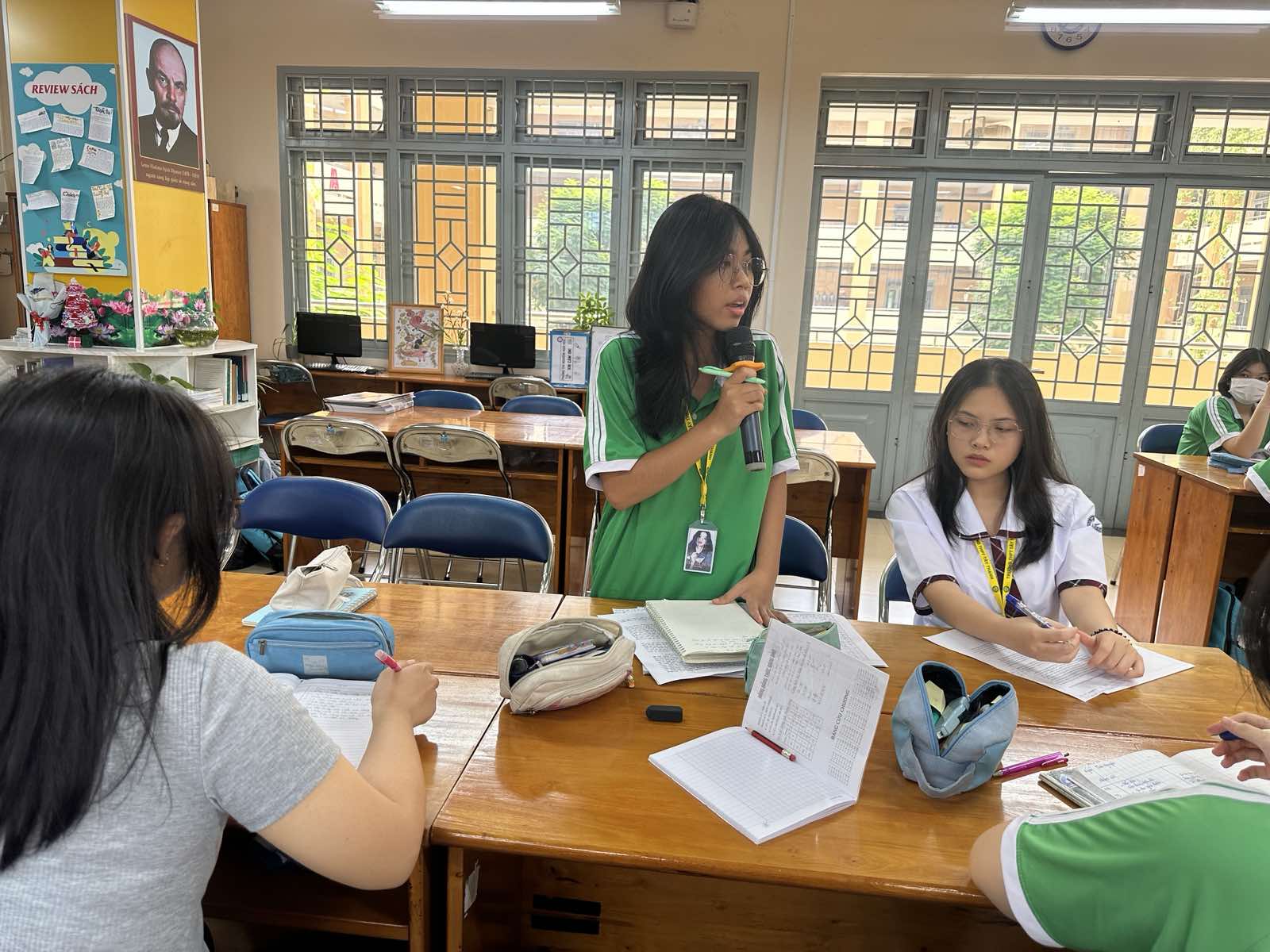
With the new program, students need to accumulate practical knowledge for the high school graduation exam.
In addition, increasing the number of questions in the two reading comprehension passages from 12 to 18, accounting for nearly 50% of the questions in the test, is also a notable new point. The test includes one reading passage with 8 questions and the other with 10 questions, which will increase the challenge for candidates because this is always considered a difficult type of test, requiring candidates to have a wide vocabulary and proficiency in reading comprehension skills.
The new structure focuses on reading comprehension and requires students to have a wider vocabulary. Students often have difficulty with reading comprehension because of insufficient vocabulary, so teachers need to integrate and expand vocabulary outside the textbook, provide or suggest additional readings and assign tasks to help students become familiar with different types of texts, feel comfortable and confident with long readings, and encourage them to develop vocabulary in a variety of fields to be able to complete the exam well.
The arrangement type of exercise may seem long at first glance, but it is easy to get points if students have a basic vocabulary of conjunctions, grasp the structure of some common texts and apply logic in linking ideas. Therefore, teachers need to provide students with knowledge of conjunctions, text structure and guide them in the first lessons so that they can get used to it and can think independently later.
History reference test: Hard to get 10 points
The 2025 history reference exam consists of two parts. Part I: Multiple choice test with 24 correct answers; Part II: True or false test with 4 questions, each question has 4 ideas. Part II will be the difficult part for candidates. In this part, candidates only need to make one mistake in a question a), b), c), d) to lose the number of points according to the answer instead of losing 0.25 points for one wrong question as in Part I. Therefore, it is very difficult for candidates to get a score of 10.
The content of the questions is consistent with the history program of grade 12, accounting for 90%, and 10% (4 questions/24 questions + 16 ideas) of the knowledge content of the history program of grade 11. The structure of the reference exam for history subject 2025 has a new point in the form of questions compared to previous exams. Part II has the form of questions choosing true or false from information chronological tables (time - content) of historical documents. This content is quoted from historical sources outside of textbooks, so students are required to have a firm grasp of basic and key knowledge in the learning process and apply thinking to solve true or false questions. The 4 questions in part II are for the purpose of classification for university admission.
Nguyen Van Luc
(History teacher at Trinh Phong Secondary School, Dien Khanh, Khanh Hoa )
The new exam requires candidates to have practical knowledge.
Regarding the reference exam for the subject of economic and legal education, Mr. Nguyen Tien Dung, a teacher at Tran Dai Nghia Secondary and High School (District 1, Ho Chi Minh City), commented that the structure is in the direction of assessing capacity, in accordance with the 2018 General Education Program. The exam has 28 questions with 40 questions, of which 24 are multiple choice questions; 4 are true or false multiple choice questions, with a test time of 50 minutes.
The knowledge of the questions in the exam includes the 10th, 11th, and 12th grade programs, unlike before when the focus was on the 12th grade program and there were only a few questions in the 11th grade program. Therefore, teachers and students in the teaching and learning process must pay close attention to the amount of knowledge to be reviewed and the review time to ensure that students master the core knowledge of economics and law in the 3 subject programs of grades 10, 11, and 12.
The test has 28 questions. Although the number of questions has been reduced compared to before, the difficulty level is high. In addition to basic knowledge, students need practical knowledge and the ability to think, analyze, and process information and situations.
Source: https://thanhnien.vn/giao-vien-neu-ky-nang-hoc-sinh-can-co-de-lam-de-thi-tot-nghiep-thpt-2025-185241021103217273.htm


![[Photo] Prime Minister Pham Minh Chinh and his wife meet the Vietnamese community in Algeria](https://vphoto.vietnam.vn/thumb/1200x675/vietnam/resource/IMAGE/2025/11/19/1763510299099_1763510015166-jpg.webp)




![[Photo] General Secretary To Lam receives Slovakian Deputy Prime Minister and Minister of Defense Robert Kalinak](https://vphoto.vietnam.vn/thumb/1200x675/vietnam/resource/IMAGE/2025/11/18/1763467091441_a1-bnd-8261-6981-jpg.webp)
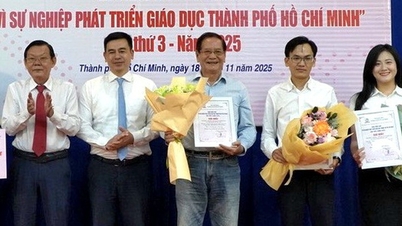

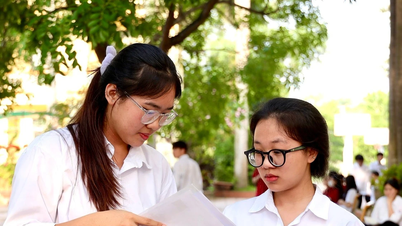


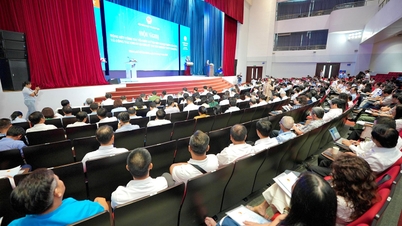










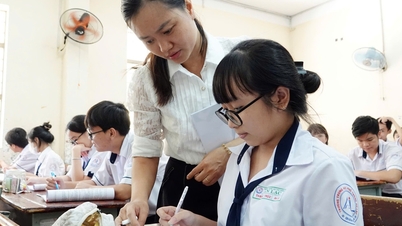








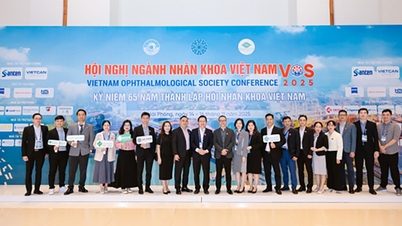














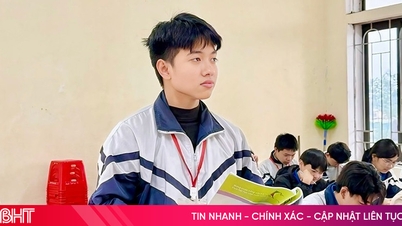



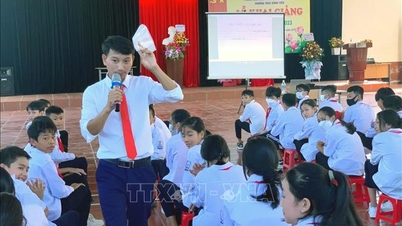
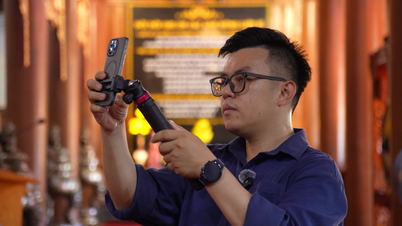

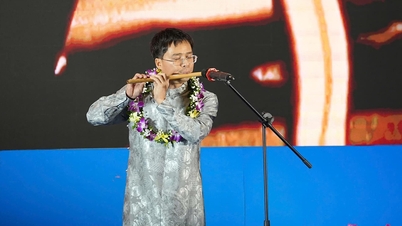
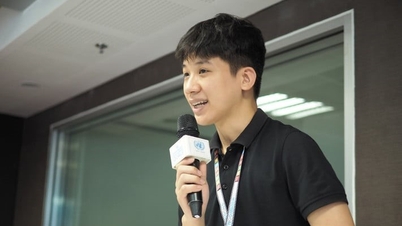







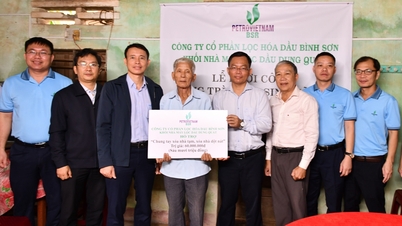







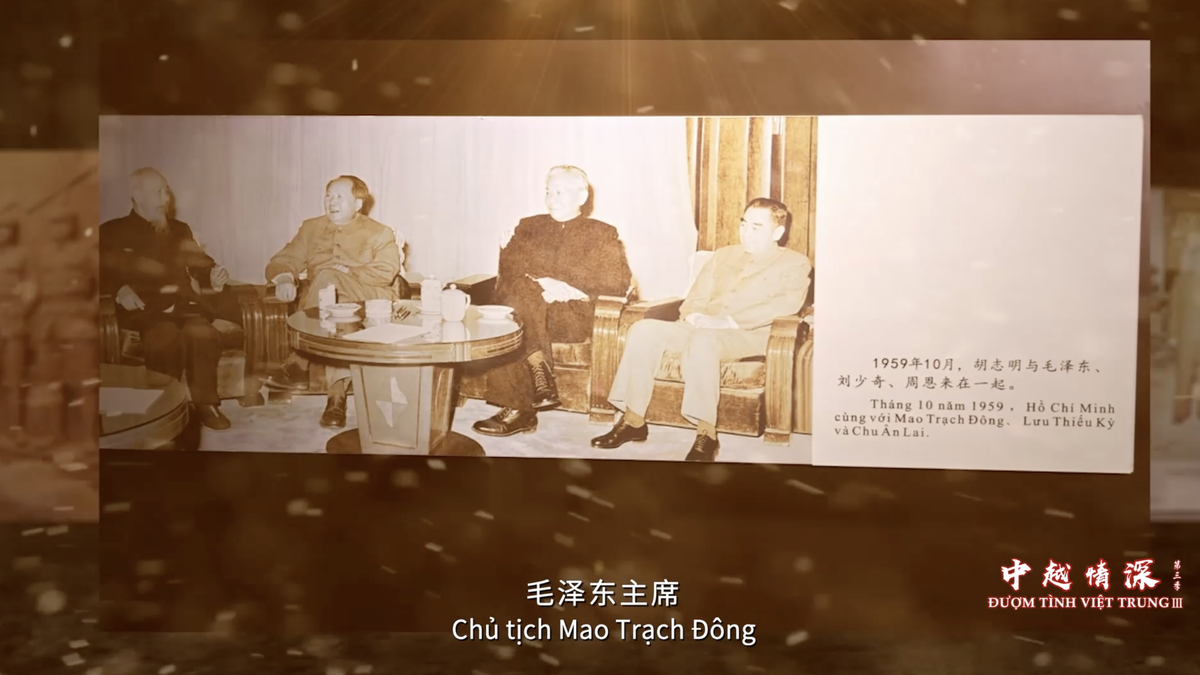












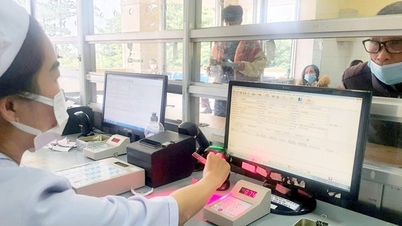














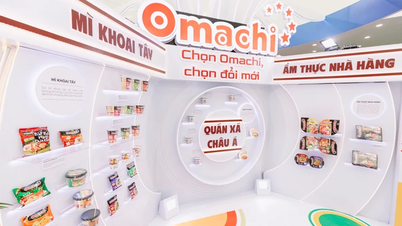










Comment (0)